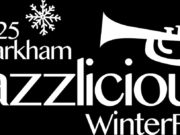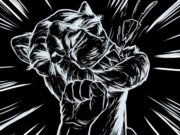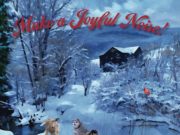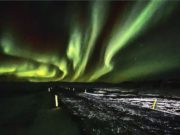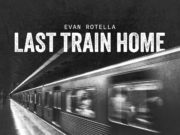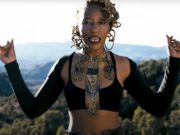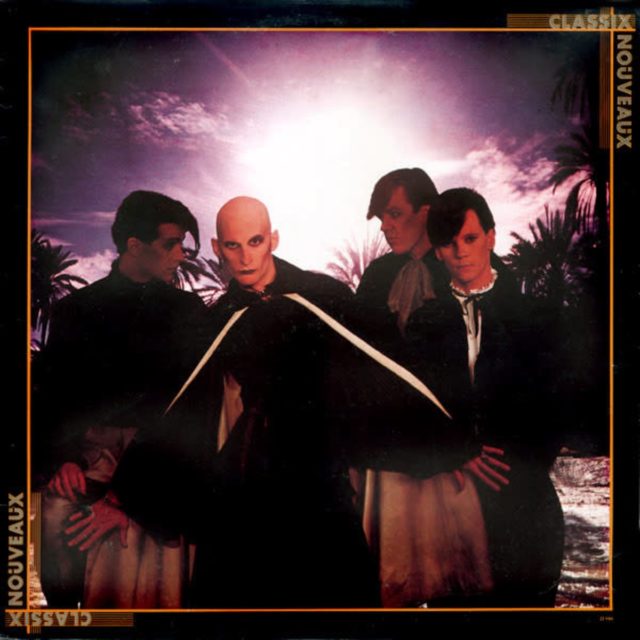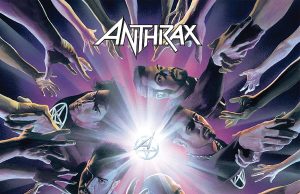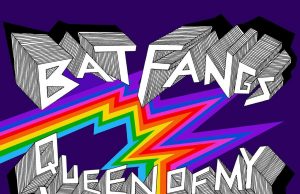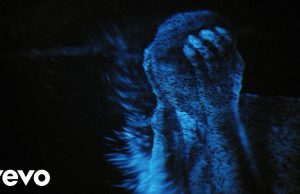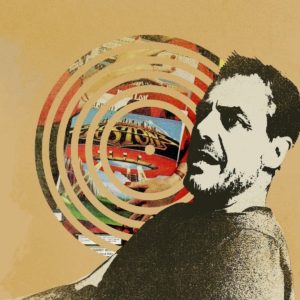 Normally I read a mountain of music biographies, but I decided to re-read Bram Stoker’s 1897 gothic horror masterpiece, Dracula. My gawd, it’s well written. There’s no music in the story — an examination of immigration, racism, the British class system, mental health awareness, and the role of women by means of a tale of Eastern European vampirism, told through the journal entries and letters from seven key characters, plus a handful press clippings.
Normally I read a mountain of music biographies, but I decided to re-read Bram Stoker’s 1897 gothic horror masterpiece, Dracula. My gawd, it’s well written. There’s no music in the story — an examination of immigration, racism, the British class system, mental health awareness, and the role of women by means of a tale of Eastern European vampirism, told through the journal entries and letters from seven key characters, plus a handful press clippings.
But the introduction of Count Dracula as a vampire had an incalculable influence on popular culture ever since. This, of course, includes music. One of my earliest musical influences was the 1971 kids’ show Hilarious House of Frightenstein, filmed at CHCH in Hamilton and starring Billy Van and Vincent Price. The main character, The Count, was based predominantly on Bela Lugosi’s iconic 1931 portrayal of Dracula. The show had a music segment in which The Wolfman was a DJ and played one song per episode, which he would get up and dance to, silhouetted against a psychedelic background.
Speaking of Lugosi, the Hungarian actor went from being the most famous face in Hollywood to dying penniless in 1956. He will forever be associated with Dracula, his most famous role. Lugosi was even buried in his costume — complete with cape and ring. Musically, he was immortalized in the 1982 goth classic Bela Lugosi’s Dead by Bauhaus.
So, I decided to do a roundup of all the Draculati in modern music.
First, there’s the U.K. new wave band Classix Nouveaux and their lead singer Sal Solo. The group came about when Poly Styrene quit X-Ray Spex in 1978, so the band advertised for a singer in Melody Maker. Solo answered the call and Classix Nouveau were born. Solo, pale and gothic with a shaved head, Solo had a similar, striking appearance to that of Count Orlok, the Dracula figure in the 1922 German silent film Nosferatu: A Symphony of Horror.
The Nosferatu film is one which has a few musical anecdotes. First, its subtitle refers to the score by Hans Erdmann, which was performed live by an orchestra at the film’s premiere in Berlin. However, most of the original score has been lost. For years, a derivative suite was used. Hammer horror film composer James Bernard did a score, which was released in 1997. Composers James Keller and Gillian Anderson worked with musicologists to reconstruct Erdmann’s original score. They used the pieces which survived and composed new material in his style, while also incorporating parts of an earlier reconstruction by German composer Berndt Heller. Dutch composer Jozef van Wissem created a new score for Nosferatu, which was also put out on vinyl. The score starts with a solo lute and gradually transforms into what van Wissem describes as “dense, slow death metal.” It features distorted recordings of extinct birds and electric guitar. The Louisville orchestra commissioned yet another new score from composer-in-residence Sebastian Chang, which premiered in a live performance with the film in 2023.
The late, great Nash The Slash (Jeff Plewman) created a soundtrack for Nosferatu which could be listened to as an album, or put on to accompany the film.
Ottawa’s Mike Dubue, the principal songwriter and frontman of Hilotrons, has done several film scores — starting with one for Metropolis, done to celebrate the opening of Ottawa’s Mayfair Theatre. Dubue has also tackled a score for Nosferatu, and performed it live in April and June 2009, again at the Mayfair. Ottawa’s Death Ships did the same thing with their own original soundtrack in October 2022.
Meantime, there is a whole genre of music called vampire metal. Look no further if these two things interest you. Among those — Lord Vampyr (Italy), Mutilation (France), Laser Dracul (Sweden), Ravenous Dusk (Australia), Vinterdracul (U.S.), Spiter (U.S.), Bat Magic (U.S.), Abyssos (Sweden), Alucard (Finland), Siebenburgen (Sweden), Order Of Tepes (U.K.) and Wooden Stake (U.S.).
Other key vampiric influences on bands include Swedish metal band Bathory, named after Hungarian Countess Elizabeth Báthory of Ecsed, an alleged serial killer. She and four of her servants were convicted of murdering hundreds of women, amidst accusations that she had vampiric tendencies and sometimes bathed in virgin blood to preserve her youth. Australian pop band Savage Garden get their name from a line in Anne Rice’s Vampire Chronicles — “The mind of man is a savage garden.” In 2006, American guitarist and singer-songwriter Ezra Koenig formed the band Vampire Weekend, named after a short film he made while still in college, influenced by The Lost Boys.
There was the short-lived Australian punk band The Vampire Lovers and supergroup The Hollywood Vampires — neither had anything to do with vampirism. The Vampire Lovers were, at least, Misfits-like horror rock, but they usually dressed up in pink leopard-print. The Hollywood Vampires were only “vampires” in that the original members of the group liked to get up to no good after dark. Those members were a loose group of charity softball-playing, hard-drinking musicians including Alice Cooper, Mickey Dolenz, John Lennon, Harry Nilsson, Ringo Starr and Keith Moon.
Finally, there’s an unholy number of vampire-related or could-be-vampire-related songs, so rather than list ’em, I put together a nice vampire playlist for y’all.
• • •
Area Resident is an Ottawa-based journalist, recording artist, music collector and re-seller. Hear (and buy) his music on Bandcamp, email him HERE, follow him on Instagram and check him out on Discogs.






